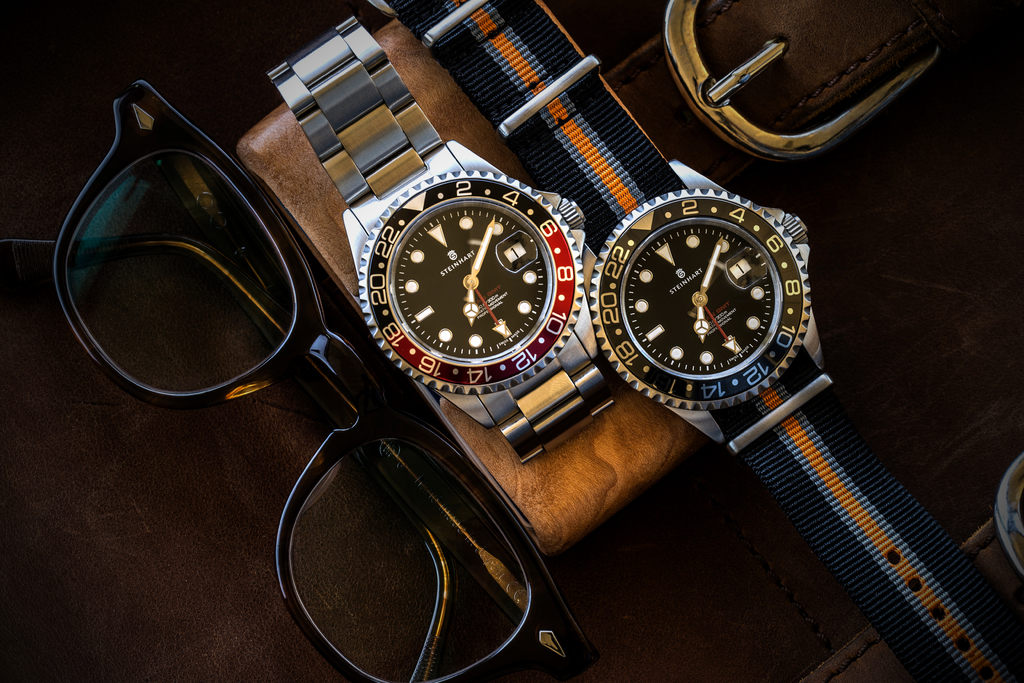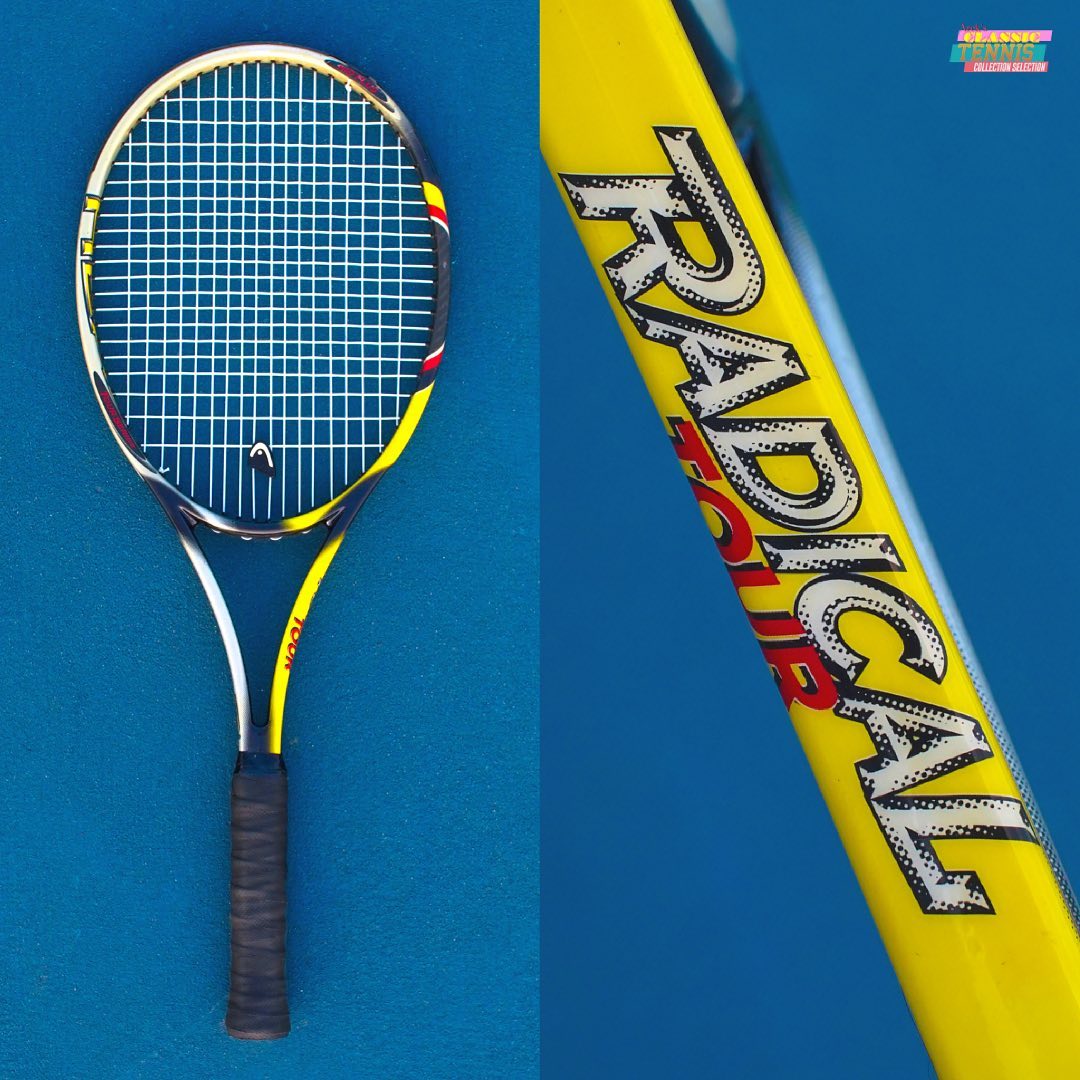Introduction to 14K Gold: The Perfect Balance of Beauty and Durability
The Allure of 14K Gold A Timeless Treasure has captivated humanity for millennia, symbolizing wealth, status, and beauty. Among the various purities, 14K gold has emerged as a favored choice for jewelry lovers. Its unique composition offers a perfect blend of beauty and practicality, making it an ideal option for everything from elegant engagement rings to everyday accessories. This article delves into the multifaceted world of 14K gold, exploring its composition, characteristics, cultural significance, and timeless allure.
The Composition of 14K Gold: Understanding Its Allure
14K gold is an alloy that consists of 58.3% pure gold, with the remaining 41.7% made up of other metals. This mixture enhances the durability and strength of the gold while allowing for various colors and finishes.
Detailed Breakdown of Alloying Metals
The specific metals used to create 14K gold play a crucial role in determining its final properties:
- Copper: Commonly added to create rose gold, copper imparts a warm, pink hue and significantly enhances the metal’s strength. Its inclusion makes the alloy less malleable, which is beneficial for jewelry that needs to withstand daily wear.
- Silver: This metal lightens the color of the gold and can produce a bright yellow gold. It’s also often found in white gold alloys, where it enhances brightness and creates a reflective quality.
- Nickel: Frequently used in white gold, nickel gives the alloy a shiny, silvery finish. However, it can cause allergic reactions in some individuals, which has led to increased demand for nickel-free alternatives.
- Palladium: A hypoallergenic option, palladium provides a bright, white finish without the risk of skin irritation. It’s often used in high-quality white gold jewelry.
Effects on Color and Properties
The choice of alloying metals not only affects the color of the gold but also its properties, such as hardness, ductility, and resistance to tarnish. For example, rose gold tends to be harder than yellow gold due to its higher copper content, making it an excellent choice for rings and bracelets that experience daily wear.
The Benefits of 14K Gold: Why Choose This Alluring Metal?
- Durability: One of the standout features of 14K gold is its impressive strength. The alloy’s blend of metals makes it resistant to scratching and bending, which is essential for jewelry worn daily.
- Affordability: While still maintaining a luxurious appearance, 14K gold is often more affordable than higher karat golds like 18K or 24K. This makes it a popular choice for those looking to invest in quality jewelry without excessive expense.
- Versatility: The wide range of colors available in 14K gold means it can complement various styles and occasions. Whether you prefer the classic look of yellow gold, the modern appeal of white gold, or the romantic blush of rose gold, there’s a 14K gold piece for everyone.
- Hypoallergenic Options: For individuals with sensitive skin, 14K gold can be a safer choice. Jewelers can create alloys that avoid nickel or other common allergens, making it a practical option for many wearers.
In-Depth Discussion on Durability
Durability is a significant consideration when selecting jewelry. Unlike softer metals, which can quickly show wear and tear, 14K gold is much less likely to scratch, tarnish, or bend, allowing it to maintain its beauty over time. This strength is particularly important for items that endure constant exposure to various conditions, such as rings worn during physical activities or in environments where exposure to harsh elements is common.
The History of Gold: From Ancient Times to Modern Jewelry
Gold has been revered for centuries, viewed as a symbol of wealth, power, and divine favor. The earliest known gold jewelry dates back to around 4000 BC, with significant discoveries made in ancient Egypt and Mesopotamia.
Ancient Civilizations and Their Gold Usage
- Egyptians: Gold held immense significance for the ancient Egyptians, who associated it with the gods and the afterlife. They crafted intricate gold jewelry and artifacts, often burying them with pharaohs to accompany them into the next life. The famous burial mask of Tutankhamun is one of the most iconic examples of gold craftsmanship from this era.
- Romans: The Romans further popularized gold jewelry, using it to signify wealth and status. They created elaborate pieces that showcased their engineering prowess, incorporating gemstones and intricate designs. The tradition of using gold for wedding rings originated in this period.
- Greeks: Greek artisans were known for their exceptional craftsmanship in gold. They developed various techniques for working with the metal, producing intricate filigree designs and elaborate wreaths worn by nobility.
- Indigenous Cultures: In the Americas, civilizations such as the Incas and Aztecs crafted stunning gold jewelry, using it in religious rituals and as a display of wealth. The famous Incan sun god, Inti, was often represented in gold, underscoring its spiritual significance.
The Evolution of Gold Jewelry Through the Ages
As cultures evolved, so did the use and significance of gold. The Middle Ages saw a resurgence in gold jewelry, with intricate designs often reflecting religious themes. The Renaissance brought about a golden age of artistry, with jewelers employing advanced techniques to create masterpieces.
In modern times, gold remains a staple in jewelry design, blending traditional craftsmanship with contemporary aesthetics. The 20th and 21st centuries have seen innovations in jewelry styles, with 14K gold becoming particularly popular due to its affordability and versatility.
Cultural Significance of Gold: A Global Perspective
Gold’s significance extends beyond its physical attributes; it carries deep cultural meanings in various societies around the world.
Symbolism in Various Cultures
- Weddings and Engagements: In many cultures, gold is the metal of choice for wedding and engagement rings. It symbolizes commitment and enduring love. In some traditions, the purity of gold reflects the purity of the bond between partners.
- Religious Significance: Gold is often associated with divinity and spirituality. In Hindu culture, gold is revered and used in various religious rituals, including weddings and festivals. In Christianity, gold is used in the adornment of sacred spaces, symbolizing the glory of God.
- Status and Wealth: Across cultures, gold has long been a status symbol. Its rarity and beauty have made it a preferred material for those looking to display wealth and power. Gold coins were historically used as currency, and gold jewelry continues to serve as a tangible representation of affluence.
Importance in Rituals and Traditions
In many cultures, gold is an integral part of life events, including births, marriages, and funerals. In India, for instance, gold is traditionally gifted during weddings, signifying prosperity and good fortune. In contrast, in some African cultures, gold jewelry is worn as a mark of status and heritage, passed down through generations as family heirlooms.
How 14K Gold is Made: The Craftsmanship Behind the Sparkle
The creation of 14K gold jewelry is a complex process that combines science, artistry, and craftsmanship. Understanding this process provides insight into the quality and value of gold pieces.
The Alloying Process
Creating 14K gold begins with the alloying process, where pure gold is melted and mixed with other metals. This mixture must be done carefully to achieve the desired properties.
- Melting and Mixing: The process starts with the melting of pure gold, which requires temperatures of about 1,064 degrees Celsius (1,947 degrees Fahrenheit). Once melted, the alloying metals are added in precise ratios to ensure the final product meets the 14K standard.
- Cooling and Solidifying: After mixing, the molten gold is poured into molds and allowed to cool, solidifying into a workable form. This process creates ingots or sheets that can be further processed into jewelry.
Casting, Forming, and Finishing Techniques
Once the alloy has solidified, it can be shaped into jewelry through various techniques:
- Casting: This technique involves pouring molten metal into a mold to create specific shapes, such as rings or pendants. Investment casting is a common method that allows for intricate designs.
- Stamping: Stamping involves pressing a die onto a metal sheet to cut out shapes or patterns. This technique is often used for producing mass-market items like earrings or chains.
- Handcrafting: Skilled artisans may handcraft pieces, allowing for a personal touch and unique designs. This method often involves techniques such as soldering and engraving, showcasing the artisan’s skill and creativity.
- Finishing: After shaping, jewelry pieces undergo finishing processes, including polishing and plating. These steps enhance the shine and appearance of the final product, ensuring it meets high-quality standards.
Technological Innovations in Gold Crafting
The jewelry-making process has evolved significantly with the advent of technology. Computer-aided design (CAD) software allows designers to create intricate 3D models, making it easier to visualize the final product before production. This technology enables precision and creativity, allowing for the production of unique and complex designs that may have been challenging to achieve by hand.
Types of 14K Gold: A Spectrum of Choices
One of the appealing aspects of 14K gold is the variety it offers. Different types of 14K gold cater to diverse tastes and preferences.
14K Yellow Gold
The classic choice, 14K yellow gold, has a warm, rich hue that enhances the beauty of gemstones. Its timeless appeal makes it a staple in traditional jewelry designs, from engagement rings to intricate necklaces.
- Popular Uses: 14K yellow gold is often used in vintage and heirloom pieces, and its warm color complements a wide range of gemstones, particularly diamonds, rubies, and sapphires.
14K White Gold
Known for its modern and sleek appearance, 14K white gold is often alloyed with metals like palladium or nickel. It has a bright, silvery finish that complements contemporary styles and pairs beautifully with diamonds and other gemstones.
- Advantages of White Gold: Its reflective quality enhances the sparkle of diamonds, making it a preferred choice for engagement rings. Additionally, many jewelers rhodium-plate white gold to provide an extra layer of shine and protection.
14K Rose Gold
With its romantic blush color, 14K rose gold has gained immense popularity in recent years. The addition of copper gives it a unique warmth, making it a favored choice for engagement rings and romantic jewelry. Its versatility allows it to pair well with both casual and formal attire.
- Unique Properties: Rose gold is known for its hypoallergenic properties when made without nickel, making it a popular choice for those with sensitive skin.
Unique Properties and Popular Uses of Each Type
Each type of 14K gold has distinct properties that influence its use in jewelry:
- Yellow Gold: Its traditional appeal makes it a popular choice for classic designs, such as wedding bands and vintage-inspired pieces.
- White Gold: Often used in modern engagement rings, white gold provides a stunning backdrop for diamonds and colored gemstones, enhancing their brilliance.
- Rose Gold: Its unique color has made rose gold a favorite for personalized and trendy pieces, such as name necklaces and stacked rings.
Caring for 14K Gold: Tips to Maintain Its Beauty
While 14K gold is durable, proper care is essential to maintain its shine and integrity.
Comprehensive Cleaning Techniques
Regular cleaning can help keep your 14K gold jewelry looking pristine:
- Soap and Water: A gentle solution of mild soap and warm water is often sufficient for cleaning. Use a soft cloth or a toothbrush with soft bristles to gently scrub away dirt and grime.
- Jewelry Cleaner: For more stubborn tarnish, consider using a jewelry cleaner specifically designed for gold. Follow the manufacturer’s instructions for best results.
Storage Methods to Prevent Damage
Proper storage can prevent scratches and tarnishing:
- Separate Storage: Store each piece of jewelry separately, ideally in a soft pouch or lined jewelry box. This helps prevent scratches and keeps pieces from tangling.
- Avoiding Moisture: Keep your 14K gold jewelry away from excessive moisture, which can lead to tarnishing. Avoid wearing jewelry while swimming or showering.
Professional Maintenance and Repair
For more intricate pieces, consider professional cleaning and maintenance. Jewelers can restore the shine and address any damage, ensuring your jewelry remains in excellent condition. Regular inspections can also help identify any issues before they become significant problems.
The Popularity of 14K Gold in Modern Jewelry Design
In recent years, 14K gold has seen a resurgence in popularity, particularly among younger consumers.
Current Trends in Jewelry Design
The modern jewelry landscape is characterized by diverse trends that showcase the versatility of 14K gold:
- Minimalism: Simple, clean designs are favored, often featuring delicate chains, understated pendants, and subtle earrings. Minimalist pieces allow for versatile wear and layering.
- Layering: Many individuals embrace the trend of layering multiple 14K gold pieces, creating a personalized and stylish look. Stacking rings and layering necklaces allow for creative expression.
- Personalization: Custom and personalized jewelry, including name necklaces and birthstone rings, has gained traction. Consumers appreciate the uniqueness and sentimental value these pieces offer.
The Rise of Custom and Personalized Jewelry
With advancements in technology and craftsmanship, custom jewelry has become more accessible. Jewelers can now create bespoke pieces tailored to individual preferences, allowing consumers to design items that reflect their style and story. This trend has fueled the popularity of 14K gold, as it can be easily customized in terms of design, color, and finish.
Investing in 14K Gold: A Smart Financial Decision
Gold has long been considered a reliable investment, and 14K gold jewelry can serve both aesthetic and financial purposes.
Understanding Gold as an Investment
Investing in gold is often seen as a hedge against inflation and economic uncertainty. The value of gold tends to remain stable or appreciate over time, making it an attractive option for investors.
Financial Advantages of Gold Investment
When investing in 14K gold jewelry, several factors should be considered:
- Intrinsic Value: The intrinsic value of gold jewelry is determined by the weight of the gold itself. Higher-quality pieces, crafted by reputable jewelers, often retain their value better than mass-produced items.
- Market Trends: Understanding gold market trends can help investors make informed decisions. Gold prices fluctuate based on supply and demand, economic conditions, and geopolitical factors.
- Quality and Craftsmanship: Investing in high-quality 14K gold pieces can lead to better long-term value retention. Well-crafted jewelry with unique designs often appreciates over time, making it a smart financial decision.
Gold as a Long-Term Investment Strategy
Many investors view gold as a long-term asset. Unlike stocks or bonds, gold can provide a level of stability in a diversified investment portfolio. It’s essential to consider market trends, historical price fluctuations, and the overall economic climate when investing in gold.
The Future of 14K Gold Jewelry: Innovations and Sustainability
As the jewelry industry evolves, so do the trends and practices surrounding 14K gold.
Innovations in Design and Technology
New technologies are transforming jewelry design, allowing for more intricate and personalized creations. Advances in computer-aided design (CAD) enable jewelers to create detailed models, leading to precise and innovative pieces that push the boundaries of traditional jewelry-making.
- 3D Printing: This technology is revolutionizing the jewelry industry, allowing for rapid prototyping and the production of complex designs that would be difficult to achieve through traditional methods.
- Smart Jewelry: The rise of wearable technology has led to the development of smart jewelry that incorporates technology while maintaining an elegant design. Examples include fitness trackers disguised as rings or bracelets.
Sustainability and Ethical Sourcing
With growing awareness of environmental and ethical concerns, many consumers seek sustainably sourced gold. The demand for ethically mined gold is rising, prompting jewelers to adopt responsible practices. Some brands now offer recycled gold options, minimizing the environmental impact of gold mining.
- Recycled Gold: By using gold that has already been mined, jewelers can significantly reduce their environmental footprint. Recycled gold maintains the same quality and purity as newly mined gold, making it a sustainable choice for consumers.
- Certifications and Transparency: Many consumers now look for certifications that guarantee ethical sourcing. Transparency in the supply chain is becoming increasingly important, with brands providing information about the origin of their materials.
Personal Stories and Testimonials
To illustrate the significance of 14K gold, let’s explore personal stories and testimonials from jewelers and consumers.
Interviews with Jewelers
Many jewelers express a passion for working with gold, emphasizing its beauty and versatility. They highlight the importance of craftsmanship in creating lasting pieces that hold sentimental value for their clients. One jeweler noted, “Each piece of jewelry tells a story. When clients choose 14K gold, they’re investing in something that not only looks beautiful but also carries personal significance.”
Consumer Testimonials
Consumers often share heartfelt stories about their 14K gold jewelry. One woman recounted her experience of receiving a 14K gold necklace from her grandmother, saying, “It symbolizes our bond and family history. Every time I wear it, I feel connected to my roots.” Such testimonials underscore the emotional value that gold jewelry can carry, making it more than just an accessory.
The Emotional Connection to 14K Gold
For many, 14K gold jewelry represents more than just a financial investment; it embodies memories, milestones, and emotions. From engagement rings that signify love to family heirlooms passed down through generations, the stories behind these pieces add layers of meaning. Consumers often cherish their 14K gold jewelry not only for its beauty but for the moments it represents.
The Role of 14K Gold in Fashion and Pop Culture
14K gold has also made its mark in the fashion world and popular culture, influencing trends and styles.
Celebrity Influence
Celebrities and influencers often play a significant role in popularizing certain styles and materials. Many high-profile figures are frequently seen wearing stunning 14K gold jewelry, setting trends that resonate with fans and consumers. For example, iconic red carpet events showcase a variety of 14K gold pieces, from statement earrings to layered necklaces.
Fashion Trends
14K gold has been embraced by fashion designers, appearing in collections that blend elegance with contemporary style. Designers often experiment with different textures and finishes, incorporating 14K gold into bold, modern designs that appeal to younger audiences.
- Streetwear and 14K Gold: The rise of streetwear has seen 14K gold incorporated into more casual styles, with layered chains and personalized pieces becoming popular among the youth. This blending of luxury and street fashion reflects a shift in how consumers perceive and wear gold.
Cultural Representations
Gold jewelry often appears in music videos, films, and art, symbolizing success, status, and luxury. Artists frequently reference gold in their work, further solidifying its place in contemporary culture.
Final Thoughts: The Timeless Allure of 14K Gold
14K gold remains a timeless choice for jewelry lovers, offering a unique blend of beauty, durability, and cultural significance. Its versatility makes it suitable for various styles and occasions, while its affordability allows more people to enjoy its luxurious appeal.
As we look to the future, 14K gold continues to evolve, embracing innovations in design and sustainability. Whether you’re seeking a meaningful piece to mark a special occasion, a fashionable accessory to elevate your style, or a thoughtful gift for a loved one, 14K gold stands as a testament to the allure of this precious metal.Fro more information please visit the website networksights.com












Leave a Reply